Book now
Sevanavank: A Pearl on Lake Sevan’s Shoreline
Introduction
Nestled on the northwestern shore of Lake Sevan in Armenia, Sevanavank, meaning “Sevan Monastery,” beckons travelers with its rich history and breathtaking views. Let’s embark on a journey to explore this monastic complex that has withstood the test of time.
From Island to Peninsula
Sevanavank wasn’t always on a peninsula—it began as a monastery on a small island. The transformation occurred during Stalin’s era when Lake Sevan was artificially drained. Despite this change, the charm and spirituality of the site remained intact.
Sevanavank’s popularity as a tourist destination is bolstered by its accessibility. Highways and railway connections to Yerevan, along with a well-developed tourist industry in Sevan, make it a must-visit location for those exploring Armenia.
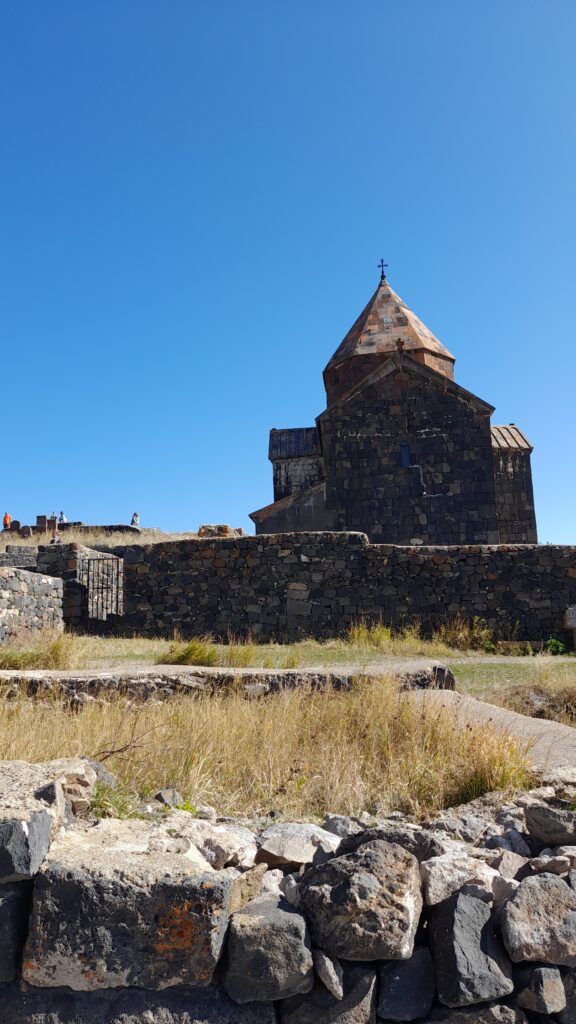
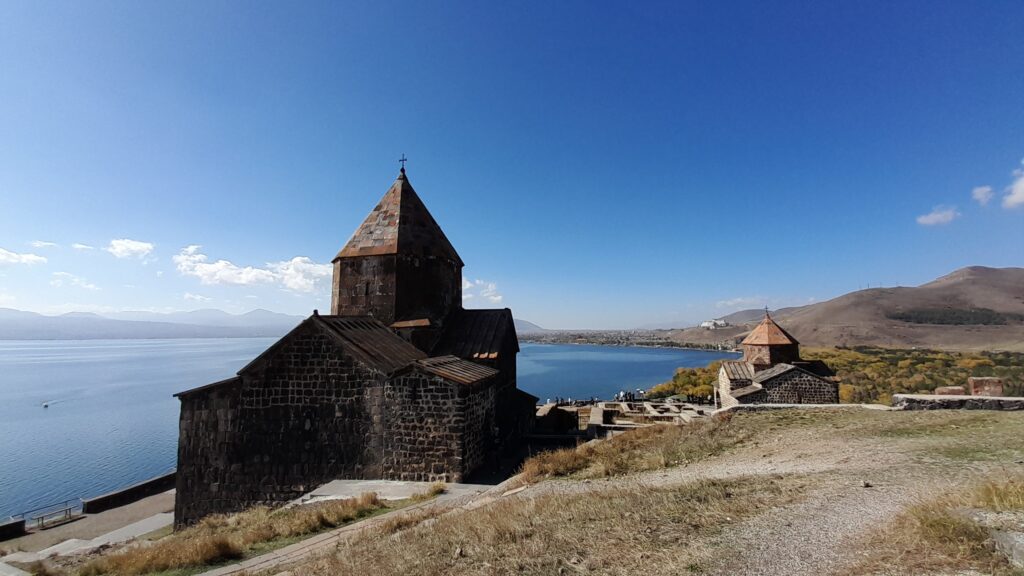

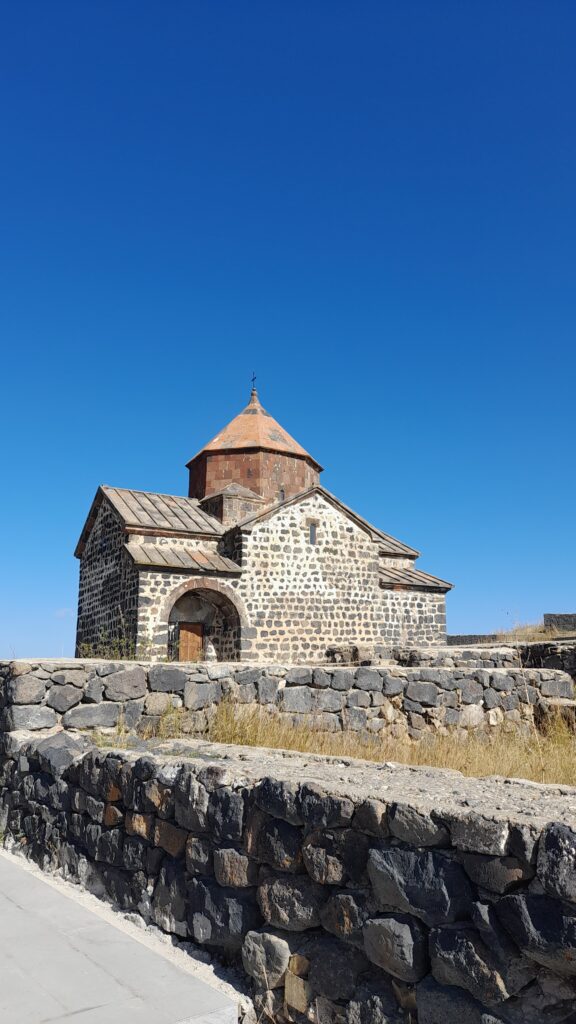

The Origins of Sevanavank
In 874, Princess Mariam established Sevanavank. The monastery aimed to provide a place for monks from Etchmiadzin who had sinned, enforcing strict rules of discipline. The complex comprises two churches, Surp Arakelots and Surp Astvatsatsin, both displaying similar, striking appearances.
After facing the challenges of time, Sevanavank underwent reconstruction efforts from 1956 to 1957, restoring parts of the monastery complex. Today, visitors can explore a gallery showcasing images of the Surp Arakelots and Surp Astvatsatsin churches, religious affiliations, historical photographs, and artifacts.
Location: Sevan, Armenie
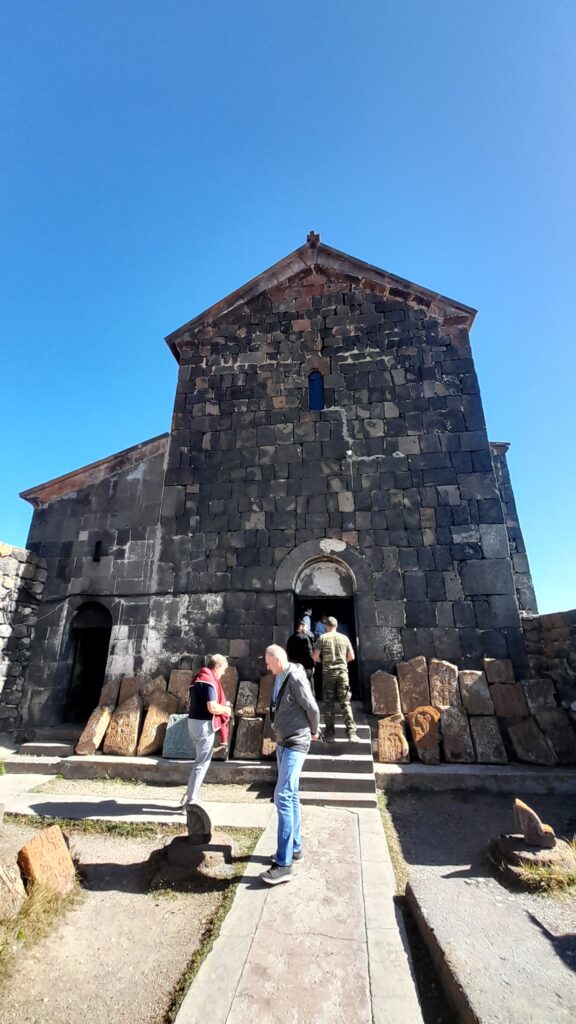

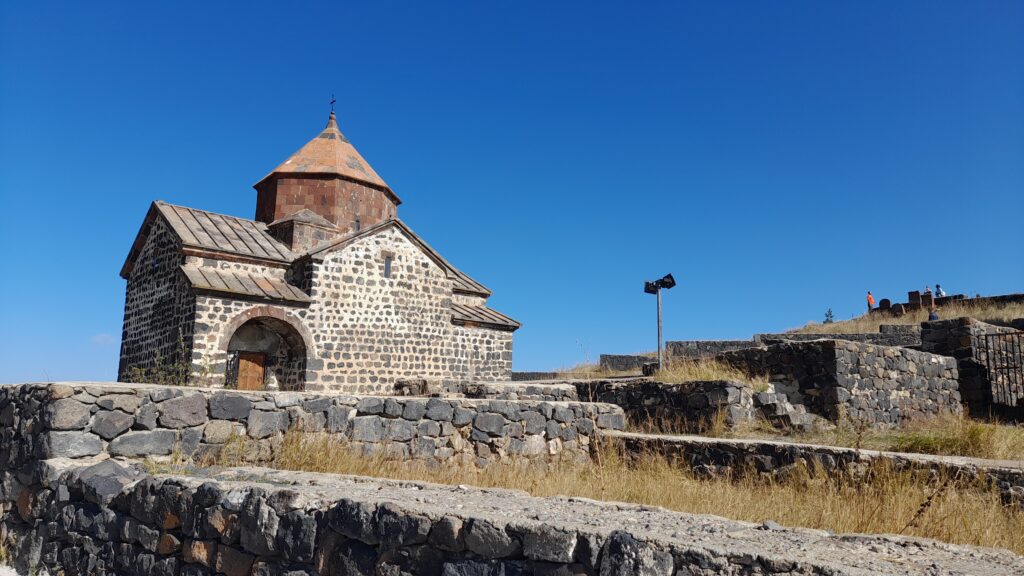

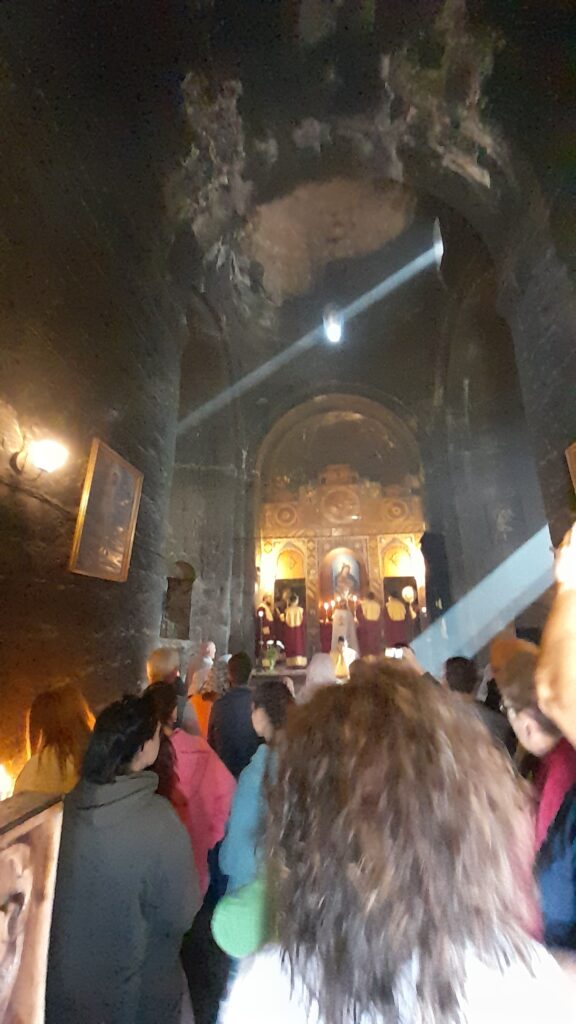

A Glimpse into History
Sevanavank, also known as the Black Monastery, played a crucial role in Armenian history. It was a key defense against Arab invaders in the 9th century, with King Ashot and monks standing united against the attacks. The monastery’s origins trace back to the late 8th century when a small chapel expanded into a monastery on the strategically positioned island.
Khachkars and Unique Features
Constructed primarily from black tuff, Sevanavank’s remaining structures include two temples adorned with numerous khachkars. Noteworthy within the main church is a detailed khachkar featuring Jesus Christ with Mongol features, crafted during the 12th-13th centuries as a strategy to protect churches from Mongol invasions.
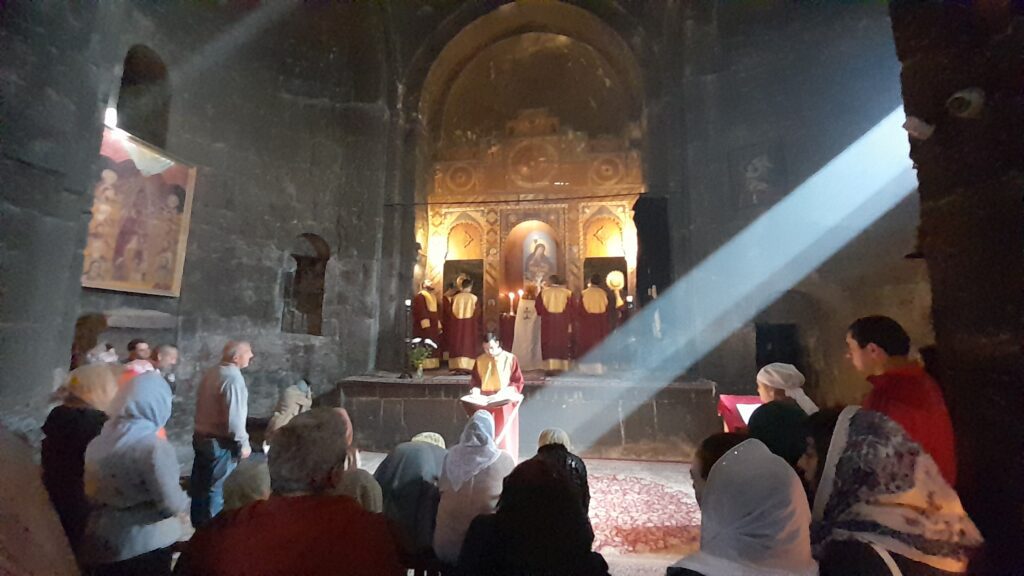

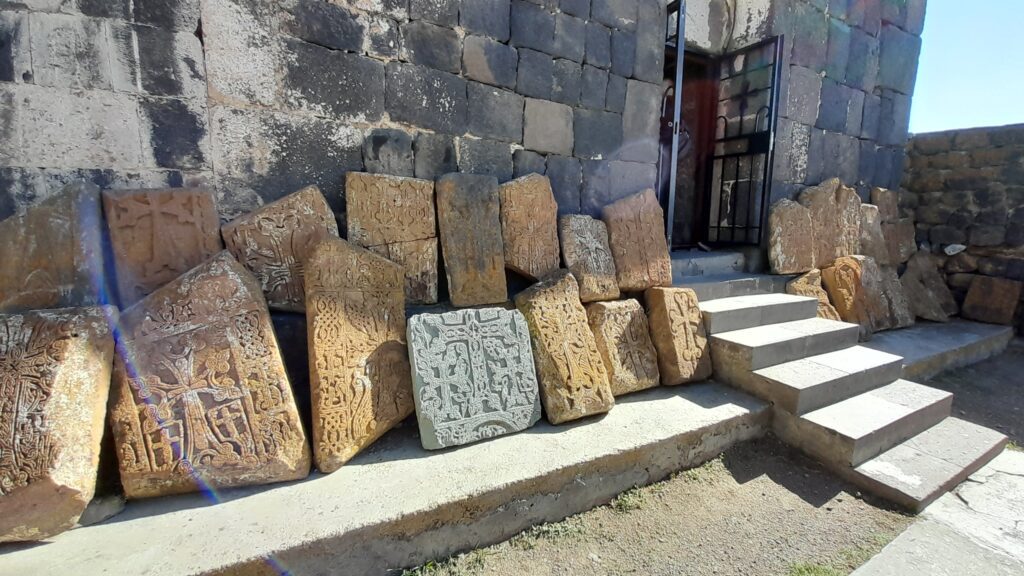

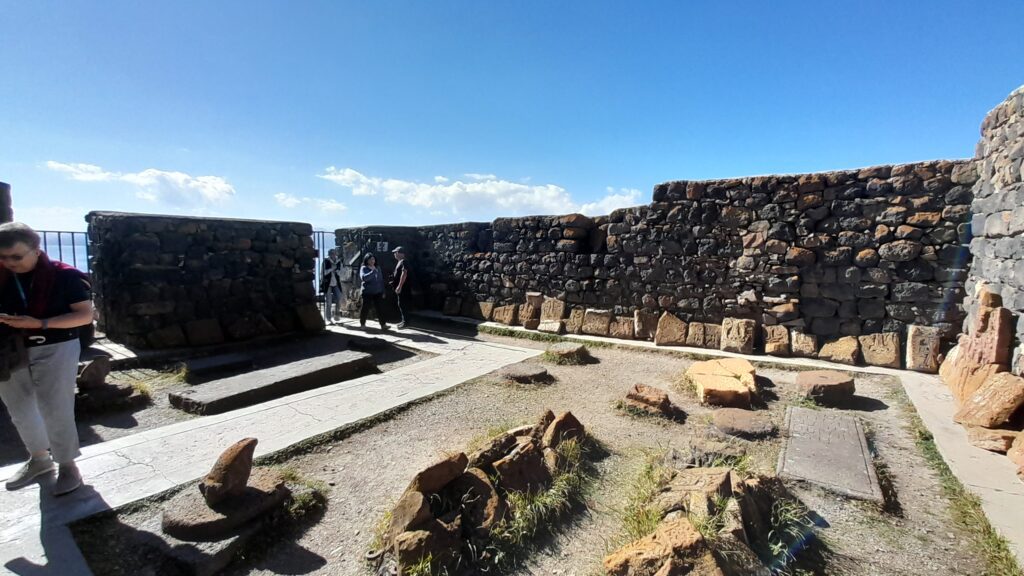

Facing the Test of Time
Sevanavank faced invasions over the centuries, losing its defensive walls in the 16th and 17th centuries. By 1930, the last monk departed, leaving the two black temples deserted. Despite its abandonment, Sevanavank’s location offers a breathtaking view of mountains, snow-capped peaks, and the dark blue waters of Lake Sevan surrounded by fog.
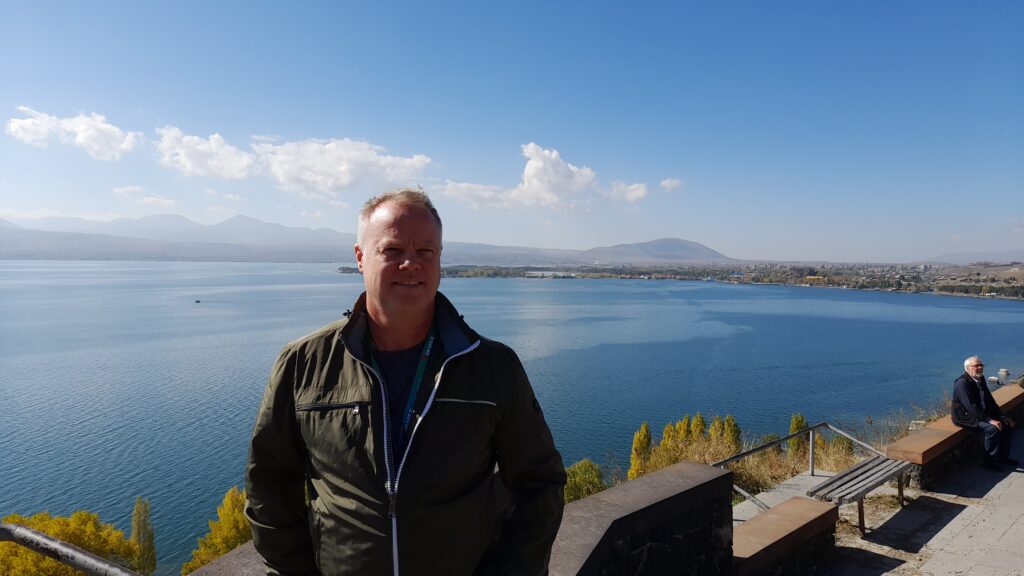

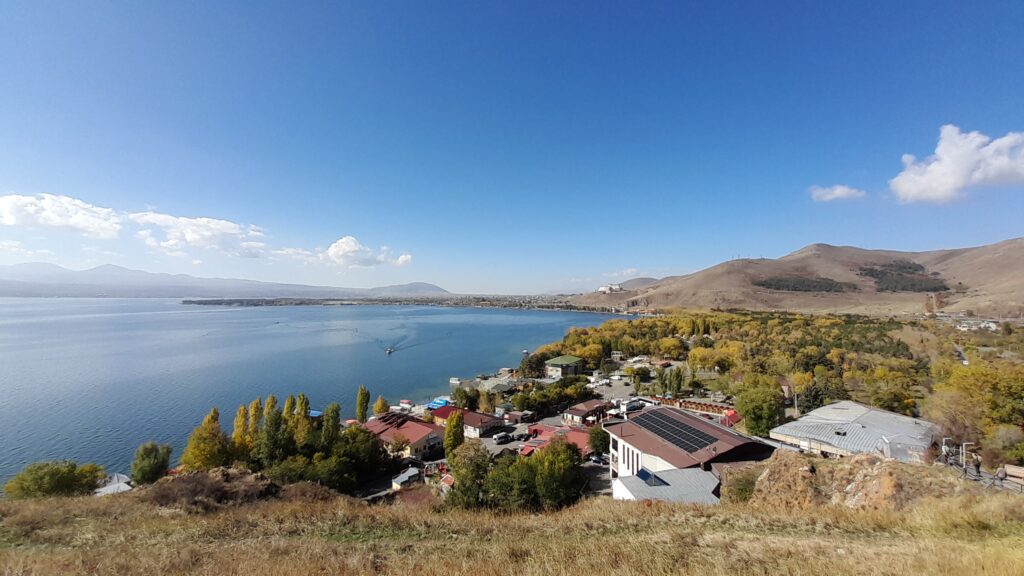

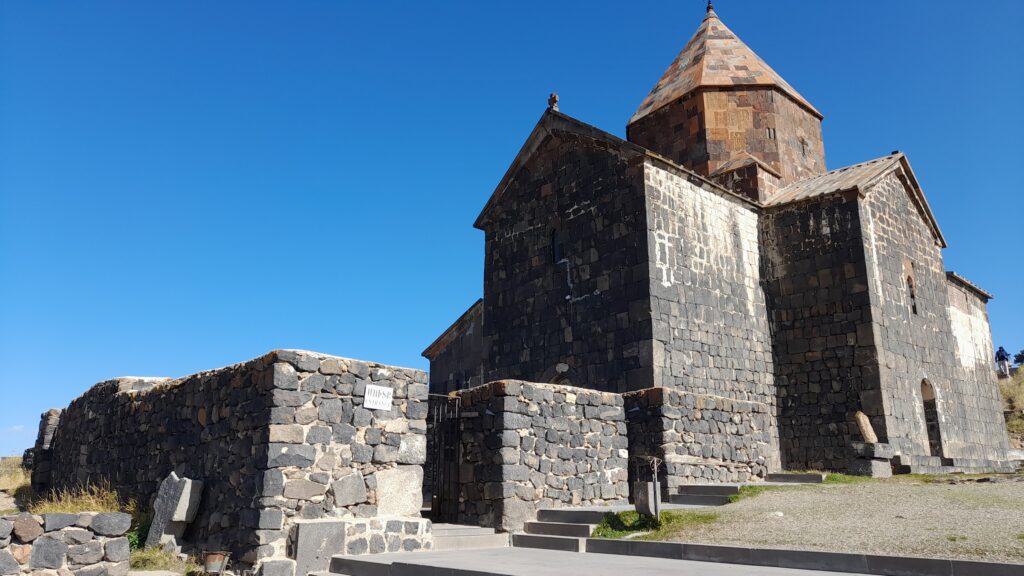

People also read:
- 45 Things to See and Do in Armenia
- Unveiling the Mysteries of Garni Temple in Armenia
- 25 Things to See and Do in Yerevan
- Exploring the Beauty of Geghard Monastery in Armenia
- Khor Virap Monastery: Unveiling Armenia’s Historical Gem
- Areni Cave: Unearthing Millennia of History and Discoveries
- Yerevan in 25 Photos
- Saghmosavank Monastery: A Timeless Marvel in Armenian History
- Noravank Monastery: A Journey Through Time
- Amberd Fortress: A Citadel in the Clouds
- Etchmiadzin Cathedral: A Beacon of Armenian Christianity
- Haghartsin Monastery: A Time-Tested Beauty in Armenia
- Zvartnots Cathedral
- Exploring Odzun Church: A Hidden Gem in Armenia
- Akhtala Monastery Complex in Armenia
- Haghpat Monastery: A Timeless Beauty in Armenia
- Armenia in 50 Photos
Conclusion
Sevanavank stands as a testament to Armenia’s enduring history and spiritual resilience. Its picturesque setting, combined with a rich tapestry of stories, makes it a destination that not only captivates the eyes but also touches the soul. As you explore the monastic complex, you’ll find yourself immersed in the serenity and history that Sevanavank proudly preserves.
Spend the night in Armenia
Book a tour
FAQ’s
Read more articles on my Armenia page
This article may contain affiliate links. This means that we receive a small commission when you book something via these links. Of course, this does not cost you anything extra. Did our tips help you? We would love it if you book your trip via the links in the article above. Thank you so much.